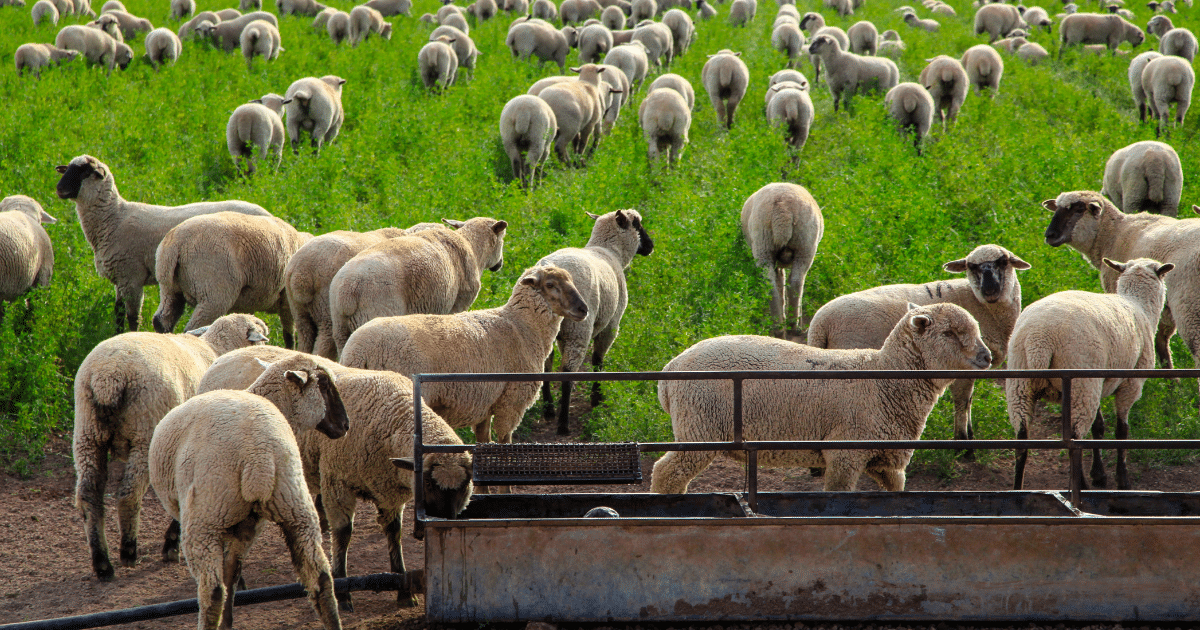Preferred office location:
Please select your nearest office location so we can show you the most relevant information.
Your preferred office location

The live export trade has seen significant legislative changes in recent months, especially concerning the export of live sheep. On 10 July 2024, the Export Control Amendment (Ending Live Sheep Exports by Sea) Act 2024 came into effect, the ultimate purpose of which was to amend the Export Control Act 2020 (the Act). The amendments have brought about notable shifts in the regulations governing the live export trade. Our article delves into the specifics of the new Act, comparing it to the earlier legal framework to provide some explanation as to the wide effect the Act now has on the live export of sheep.
The history of live sheep maritime exports, (particularly in Western Australia), traces back to the 1970s. During peak slaughter seasons, abattoirs nationwide were overwhelmed with sheep of an age where their wool quality had substantially diminished. Simultaneously, unionised abattoir workers frequently initiated strikes, effectively stranding farmers and paralyzing meat processing operations.
The live sheep export boom around Australia increased significantly, as a way of bypassing these industry strikes.
Before the commencement of the new Act, the live export trade prohibitions were largely regulated by the Act and associated regulations, being the Export Control (Animals) Rules 2021 (Rules). Prior to the new amendments, the only goods expressly prohibited from export by the Act being Split Vetch. However, the Rules had the authority to prescribe certain goods, including livestock, and establish conditions under which these goods could be exported or prohibited from export.
The Rules created several circumstances where exports were prohibited unless the prescribed conditions were fulfilled, some examples being:
These conditions aimed to ensure that the export of livestock, particularly sheep, was conducted under stringent regulatory oversight, ensuring animal welfare and compliance with international standards.
The Act provides several important definitions including a definition of:
These definitions were not amended.
The most significant change introduced by the Export Control Amendment (Ending Live Sheep Exports by Sea) Act 2024 is the insertion of section 23A. This section imposes a direct prohibition on the export of goods by sea, with sheep being the only named goods under this provision. Interestingly, this does not affect the transport of sheep by air.
The new law represents a substantial shift in the regulatory landscape of the live export trade. By specifically prohibiting the export of live sheep by sea, the legislation aims to address longstanding concerns of animal welfare groups relating to animal welfare, environmental impact, and ethical considerations, without prioritising the interests, track record and expertise of the agricultural industry, and associated industries related to export.
The new law does present opportunities for agriculturalists. There is significant doubt and concern over how those opportunities are realised is a matter to be decided and is completely dependent on the entrepreneurial, resilient spirit of the agriculturalist.
As government has effectively destroyed an industry, it is appropriate that assistance is provided to those whose livelihoods depend on it. To help affected parties adapt and comply with the challenges faced by the new legislation, the Government has developed an assistance package worth an estimated $107 million which includes:
Given the size of the industry and all of the businesses, rural communities, and families that rely on it, the adequacy of the assistance package has been appropriately challenged. Arguably, the package reflects a lack of understanding of the industry and its value to the nation.
The Export Control Amendment (Ending Live Sheep Exports by Sea) Act 2024 marks a significant turning point in Australian agricultural practice. While the immediate impact on the industry is substantial, the long-term effects may lead to a more sustainable and innovative agricultural sector. The key to success lies in how effectively stakeholders can adapt to these changes and capitalise on new opportunities in the evolving market landscape, and adequate government support for them to do so.
This legislative change not only reflects evolving attitudes towards animal welfare but also signals a broader shift in the government’s view of agriculture.
The significant question to be considered is whether the public and government can appreciate the contribution of the industry to local communities, the economy, and Australian society before it is too late, and the agriculturalist has no other option than to cease operations. Only time will tell.
*This information serves as a general guide and does not constitute legal advice. It is based on our research and experience at the time of publication. Please consult our knowledgeable legal team for any specific inquiries or advice relevant to your circumstances, as the content may not have been updated subsequently.

Please select your nearest office location so we can show you the most relevant information.